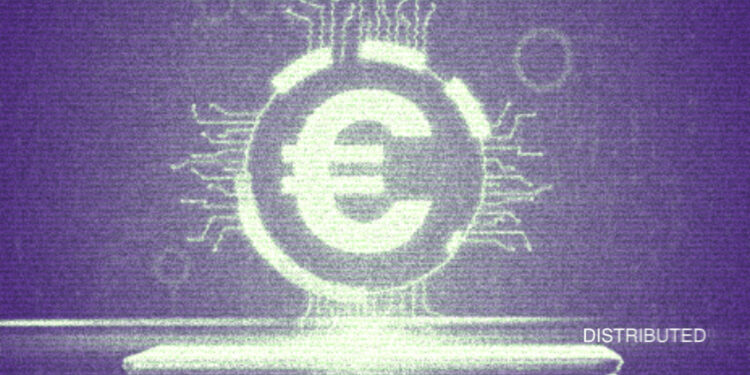Recently, discussions about the potential launch of a digital euro have been making waves in the financial world. The European Central Bank (ECB) carefully weighs its options before deciding in October. But what exactly is a digital euro, and why is its impact on the banking system a matter of concern? Let’s break it down in simple terms.
So, let us understand what the digital euro is. It is merely a digital version of the euro currency that exists in physical form. Imagine having digital money equivalent to your wallet’s traditional euro notes and coins. This digital currency is being considered to address a shortage of European payment service providers, making it easier for people to make electronic payments.
Cautious Approach
In a recent Reuters report on the subject, Spain’s deputy central bank governor, Margarita Delgado, commented on the importance of assessing the potential impact of the digital euro on the banking system. The goal is to ensure that its introduction doesn’t harm the financial system’s stability. While Europe’s banking sector is strong, there are concerns about how the digital euro might affect the competitiveness and profitability of banks.
One significant concern is the money movement from traditional bank accounts to digital euro wallets. Delgado highlights the need to evaluate the overall impact of this shift on banks’ liquidity. Additionally, measures might be implemented to prevent unintended consequences for financial stability. For instance, there’s the suggestion of limiting the amount of digital euros an individual can hold, possibly around 3,000 euros.
Growing E-Payments
The context for these discussions is a rapidly changing payment landscape. Electronic payments in the European Union increased from 184.2 trillion euros in 2017 to 240 trillion euros in 2021. The COVID-19 pandemic accelerated this shift as more people turned to digital transactions, avoiding the physical cash exchange.
In Sight
As we gaze into the future, it’s clear that the financial landscape is evolving. A digital euro has the potential to offer a seamless payment solution across the entire euro area. However, it’s crucial to tread carefully, considering its impact on the stability and competitiveness of banks. The ECB’s decision in October will shape how Europeans handle their money for years to come.
The potential introduction of a digital euro is an intricate decision that requires careful consideration. Balancing the benefits of digital innovation with the financial system’s stability is paramount. As electronic payments continue to rise, finding the right path forward will determine how Europe adapts to the digital age while ensuring a resilient banking system.



